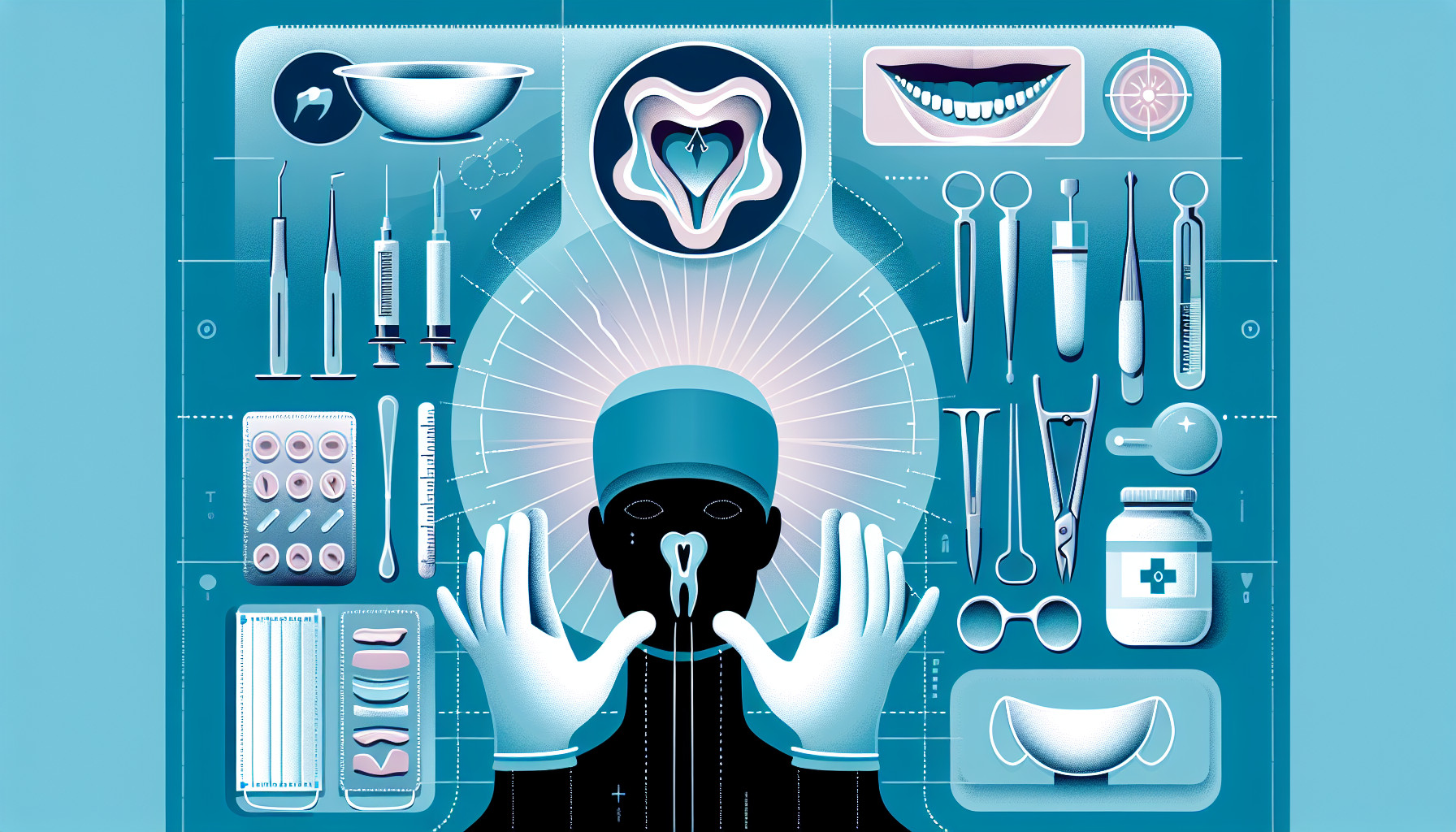Our Summary
The main reason many people today choose to have orthognathic surgery (surgery to correct conditions of the jaw and face) is to improve their facial appearance. For example, faces that stick out more are generally considered more attractive. Also, having less bone support in the face can make people look older faster. So, in most cases, orthognathic surgery involves moving the upper and lower jaw forward. This is often done using minimally invasive methods and involves technology like 3D imaging and cone beam computed tomography, which helps doctors view the skeletal structure of the face in detail.
FAQs
- What is the main motivation for orthognathic surgery according to the article?
- How does orthognathic surgery help in enhancing facial aesthetics?
- What role does the lack of skeletal support play in the aging process according to the study?
Doctor’s Tip
Always follow your doctor’s post-operative instructions carefully to ensure proper healing and minimize the risk of complications. This may include guidelines for pain management, diet restrictions, and oral hygiene practices. Additionally, be sure to attend all follow-up appointments to monitor your progress and address any concerns promptly.
Suitable For
Patients who are typically recommended for oral surgery include those with:
Malocclusion: Patients with misaligned teeth or jaws that cause functional issues such as difficulty chewing or speaking may be recommended for orthognathic surgery to correct the alignment of the jaw and teeth.
Facial asymmetry: Patients with facial asymmetry due to a misaligned jaw or other skeletal abnormalities may benefit from orthognathic surgery to improve facial harmony and symmetry.
Temporomandibular joint (TMJ) disorders: Patients with TMJ disorders that cause chronic pain, clicking or popping in the jaw, or difficulty opening and closing the mouth may be recommended for oral surgery to address the underlying issues.
Sleep apnea: Patients with obstructive sleep apnea may be recommended for oral surgery to correct anatomical abnormalities that contribute to airway obstruction during sleep.
Impacted wisdom teeth: Patients with impacted wisdom teeth that are causing pain, infection, or other complications may be recommended for oral surgery to remove the impacted teeth.
Facial trauma: Patients who have suffered facial trauma due to accidents, sports injuries, or other causes may require oral surgery to repair fractures, restore function, and improve aesthetics.
Cleft lip and palate: Patients born with cleft lip and palate may require multiple oral surgeries throughout childhood and adolescence to correct the structural abnormalities and improve speech, feeding, and facial aesthetics.
Overall, oral surgery can be recommended for a variety of patients with dental, facial, and jaw abnormalities to improve function, aesthetics, and overall quality of life.
Timeline
- Before oral surgery:
- Initial consultation with a maxillofacial surgeon to discuss treatment options and goals.
- Comprehensive examination including dental and facial measurements, x-rays, and possibly a CT scan or cone beam imaging.
- Pre-operative planning to determine the surgical approach and desired outcomes.
- Pre-surgical preparation, which may include orthodontic treatment to align the teeth and jaws.
- Discussion of anesthesia options and potential risks and complications.
- After oral surgery:
- Recovery period, which may involve pain management and swelling reduction.
- Follow-up appointments with the surgeon to monitor healing and address any concerns.
- Return to normal activities and a gradual transition back to a regular diet.
- Ongoing orthodontic treatment to fine-tune the alignment of the teeth and jaws.
- Long-term follow-up to ensure the success of the surgery and address any potential complications or changes in facial aesthetics.
What to Ask Your Doctor
- What are the potential risks and complications associated with the oral surgery procedure?
- What is the expected recovery time and post-operative care for this surgery?
- How will this surgery improve my facial aesthetics and functional bite?
- Are there any alternative treatment options to consider before proceeding with oral surgery?
- What type of imaging technology will be used to plan and perform the surgery?
- Will the surgery be performed using minimally invasive techniques?
- How experienced is the surgeon in performing this specific type of oral surgery?
- What are the long-term results and outcomes I can expect from this surgery?
- Are there any specific dietary restrictions or lifestyle changes I should follow before and after the surgery?
- How much will the surgery cost and will it be covered by insurance?
Reference
Authors: Hernández-Alfaro F, Valls-Ontañón A. Journal: Oral Maxillofac Surg Clin North Am. 2023 Feb;35(1):1-10. doi: 10.1016/j.coms.2022.06.002. Epub 2022 Nov 3. PMID: 36336601
